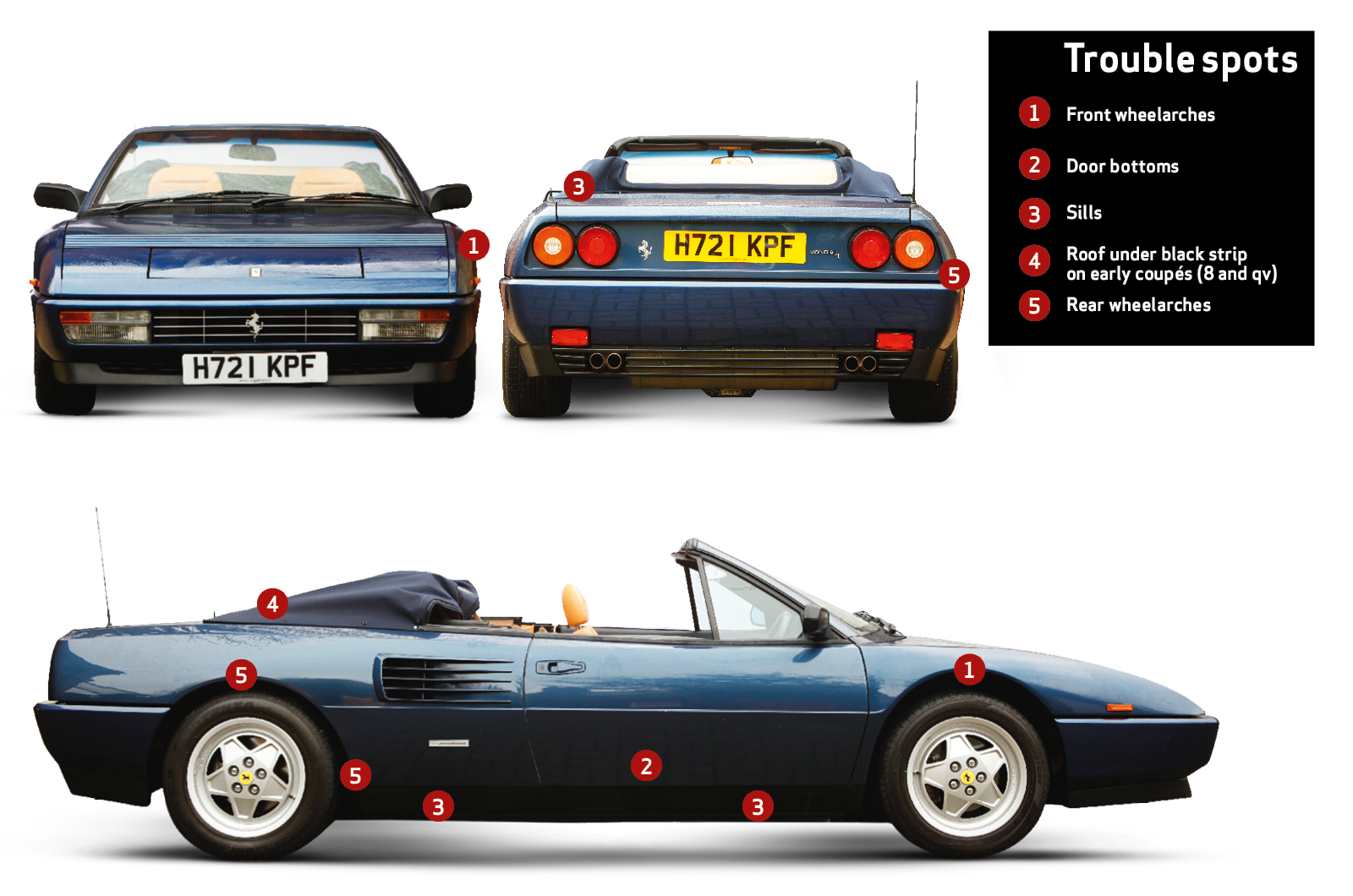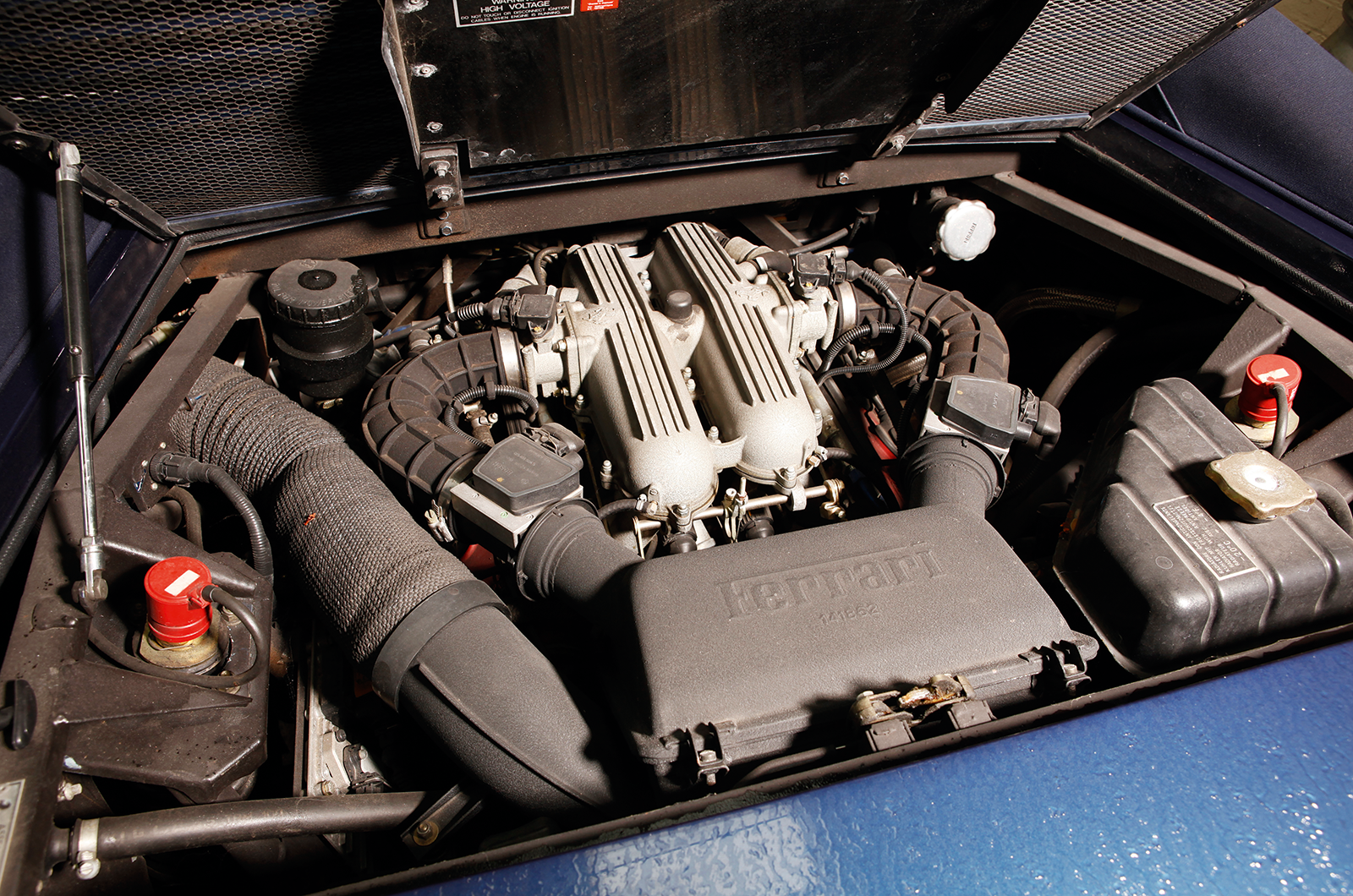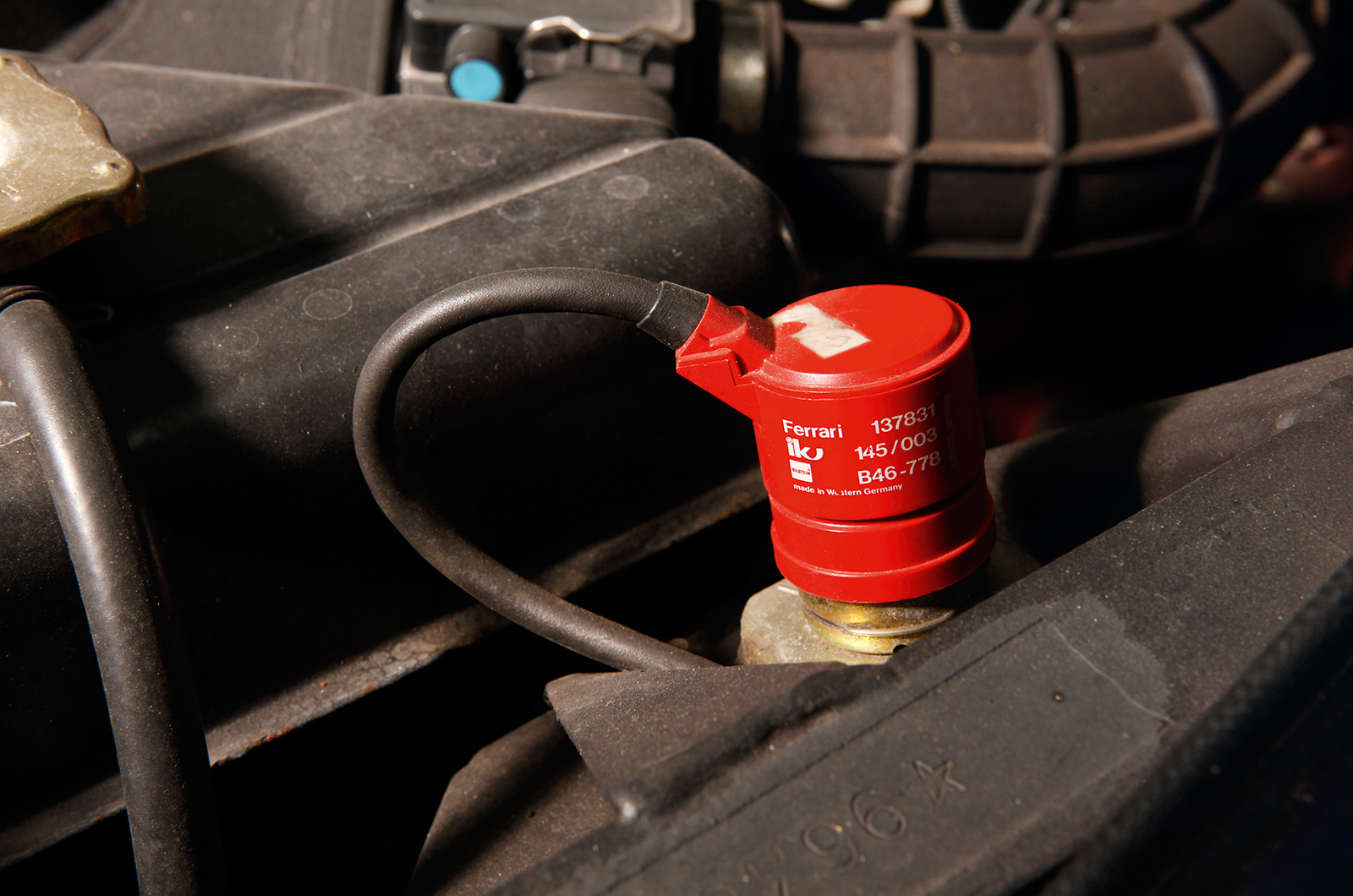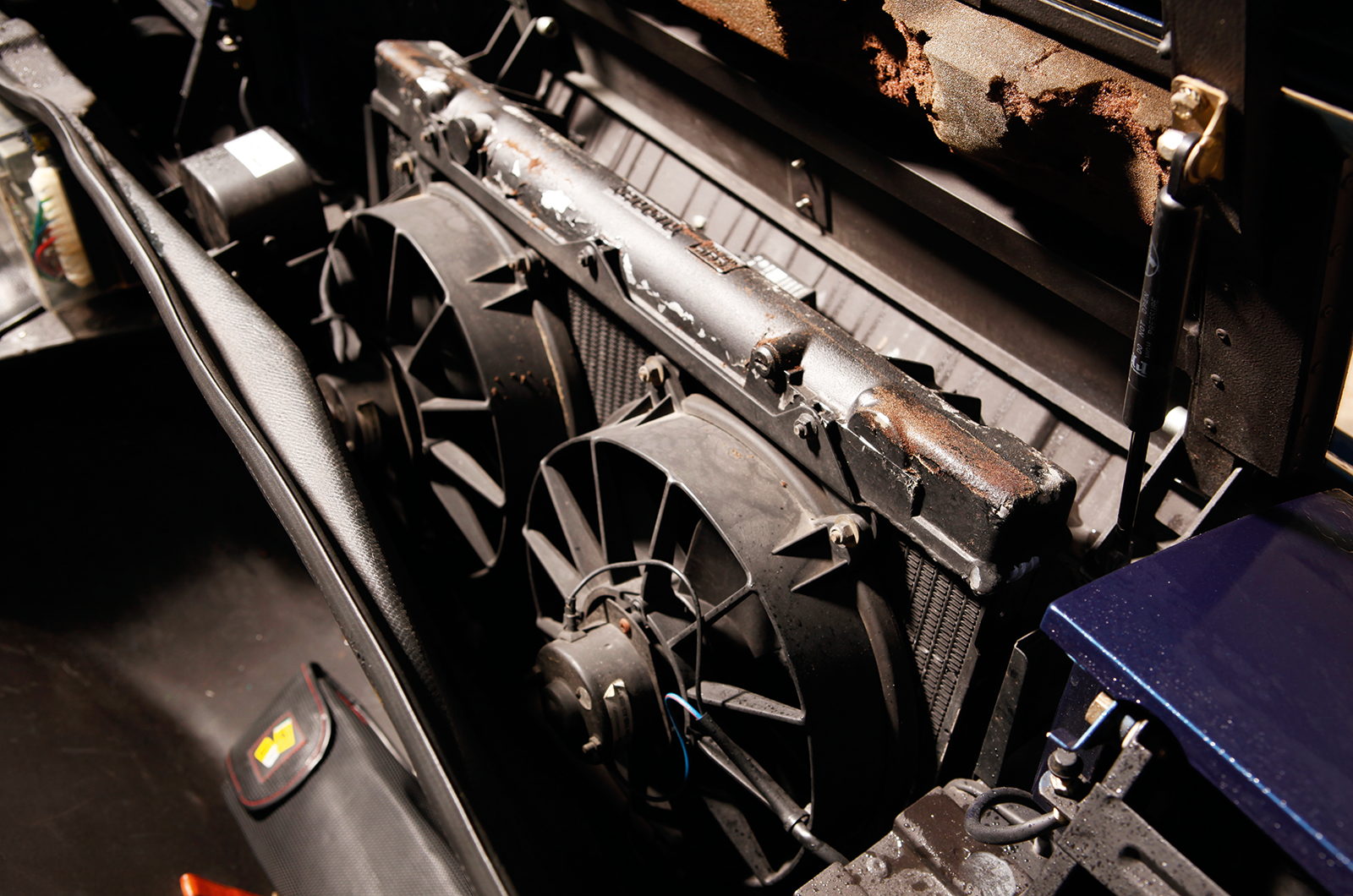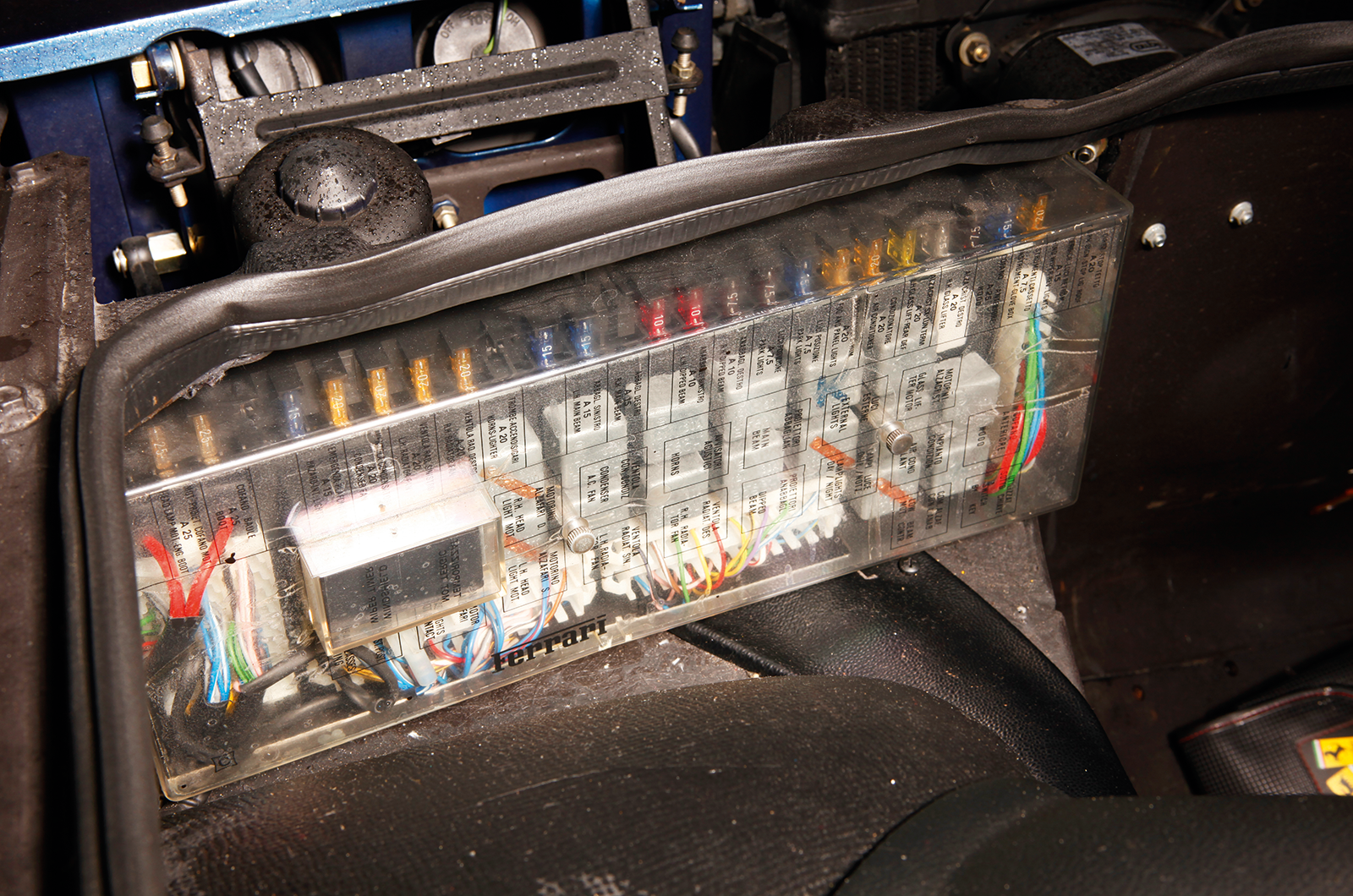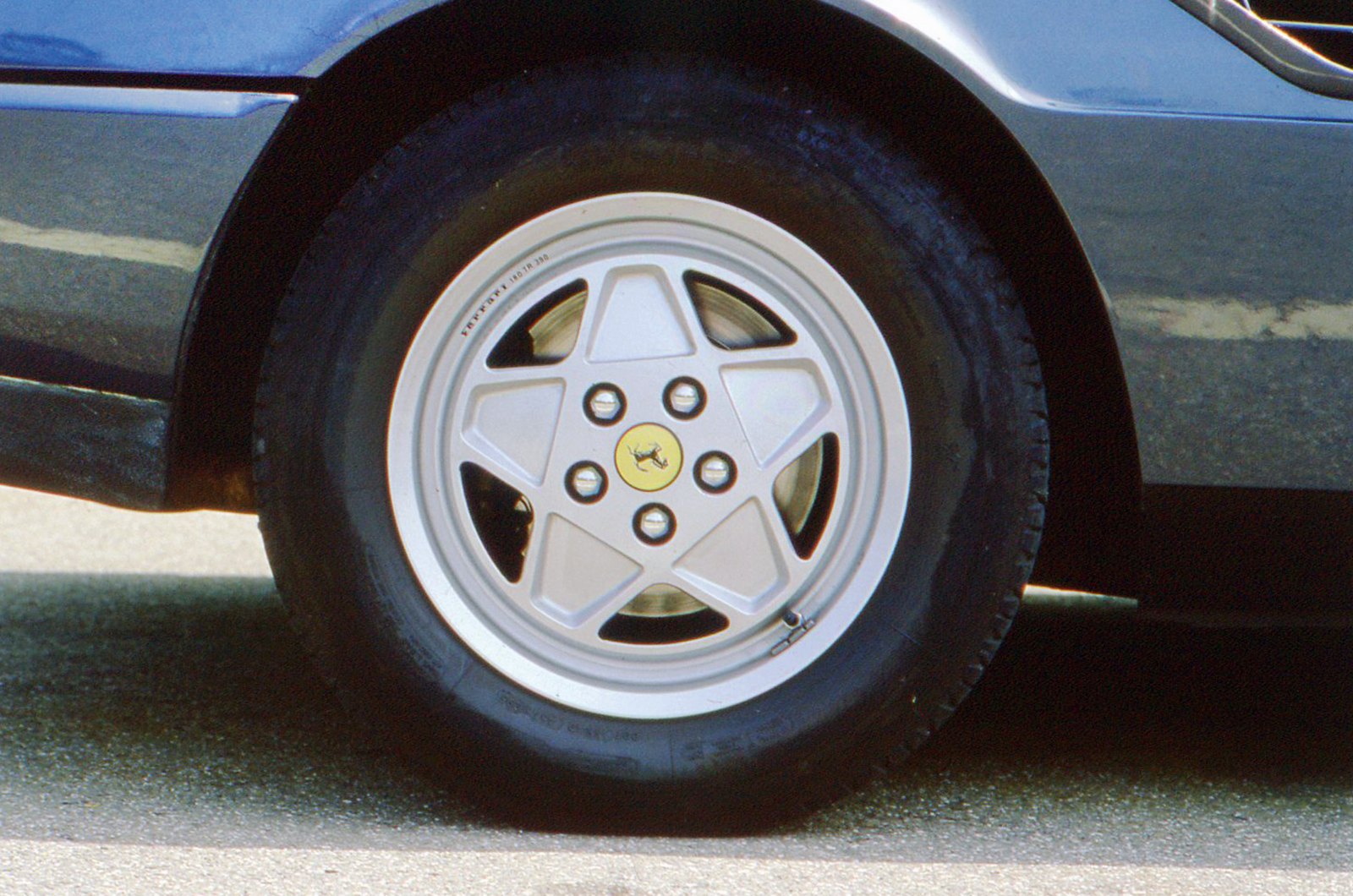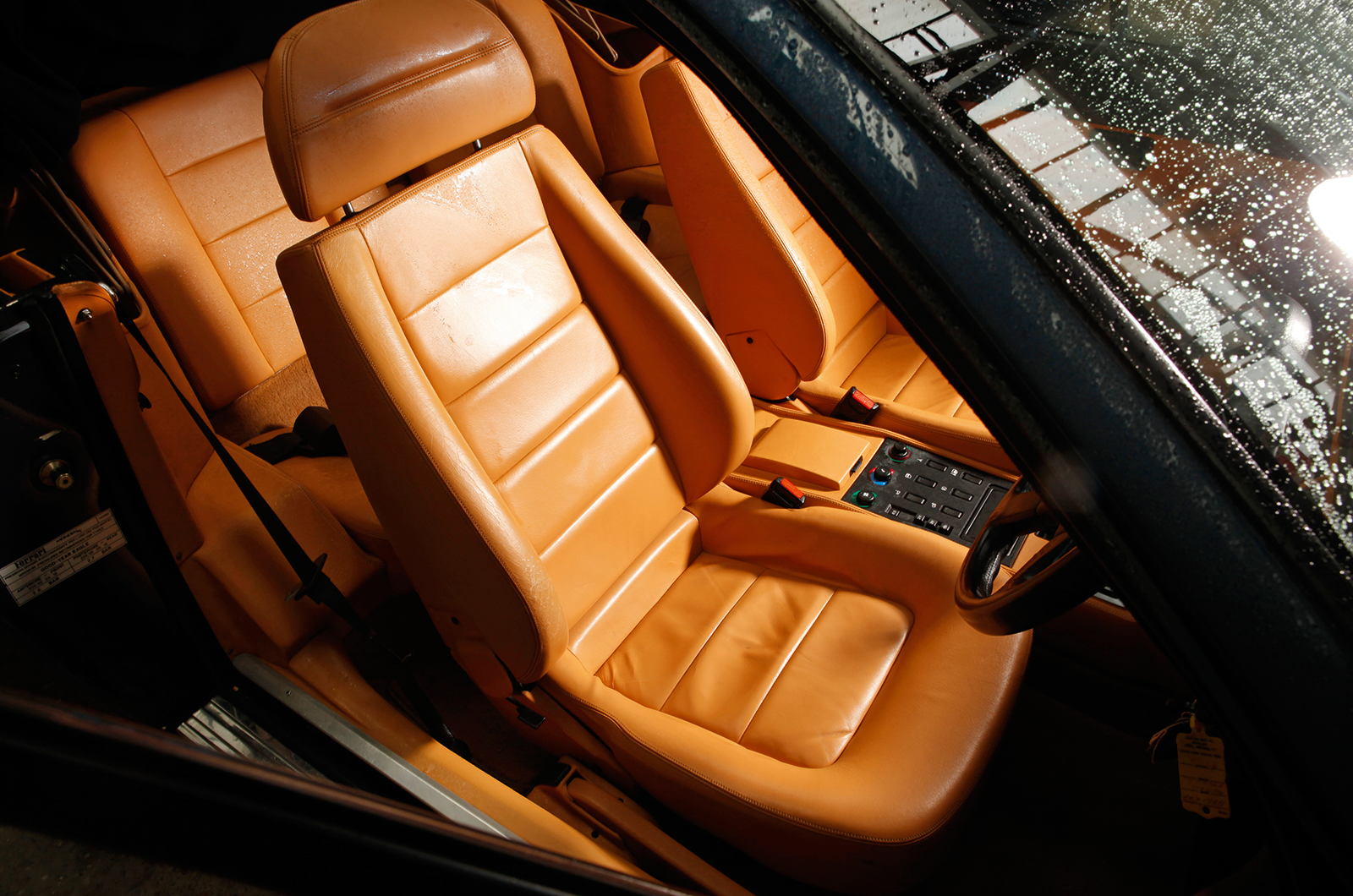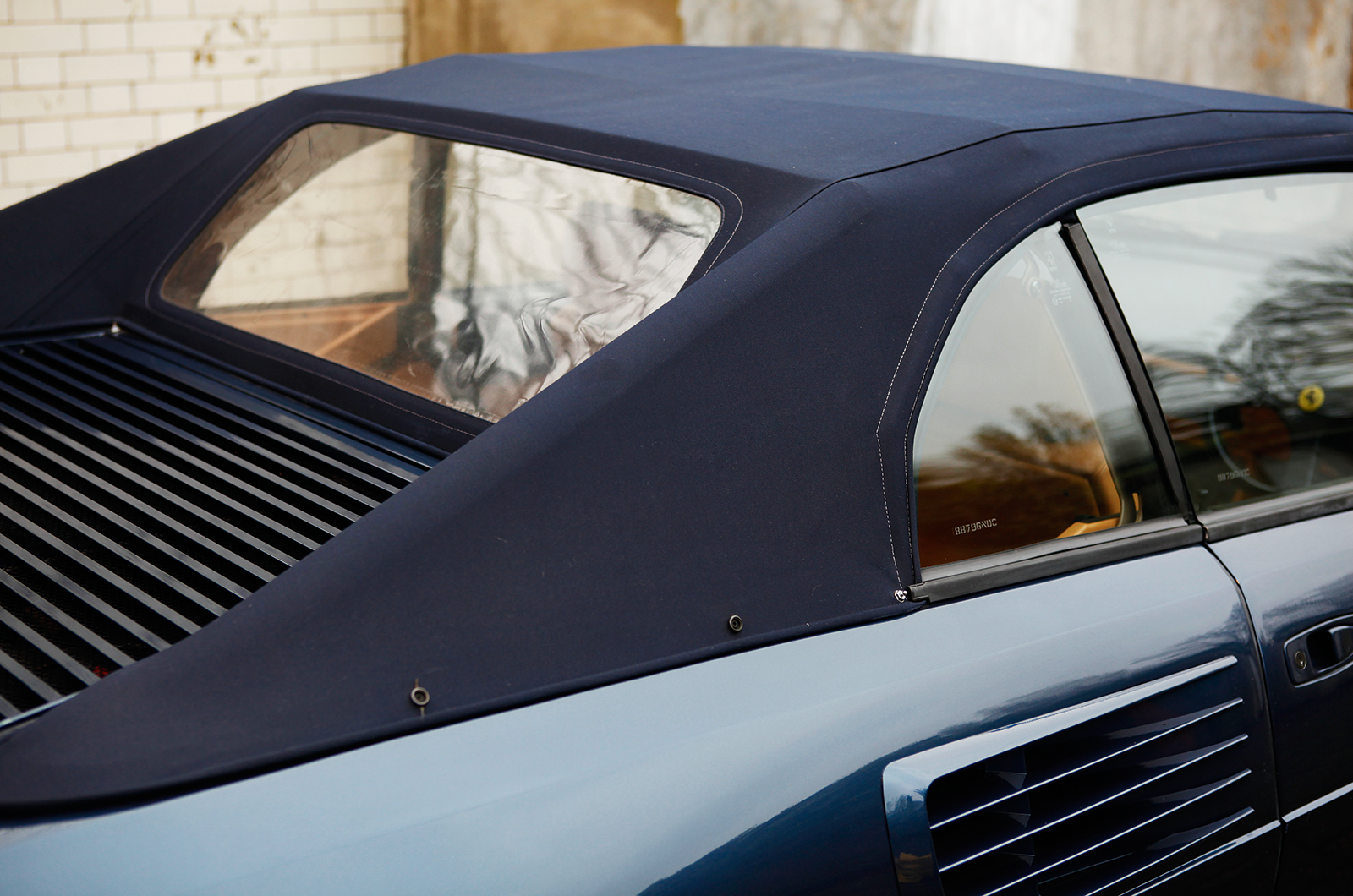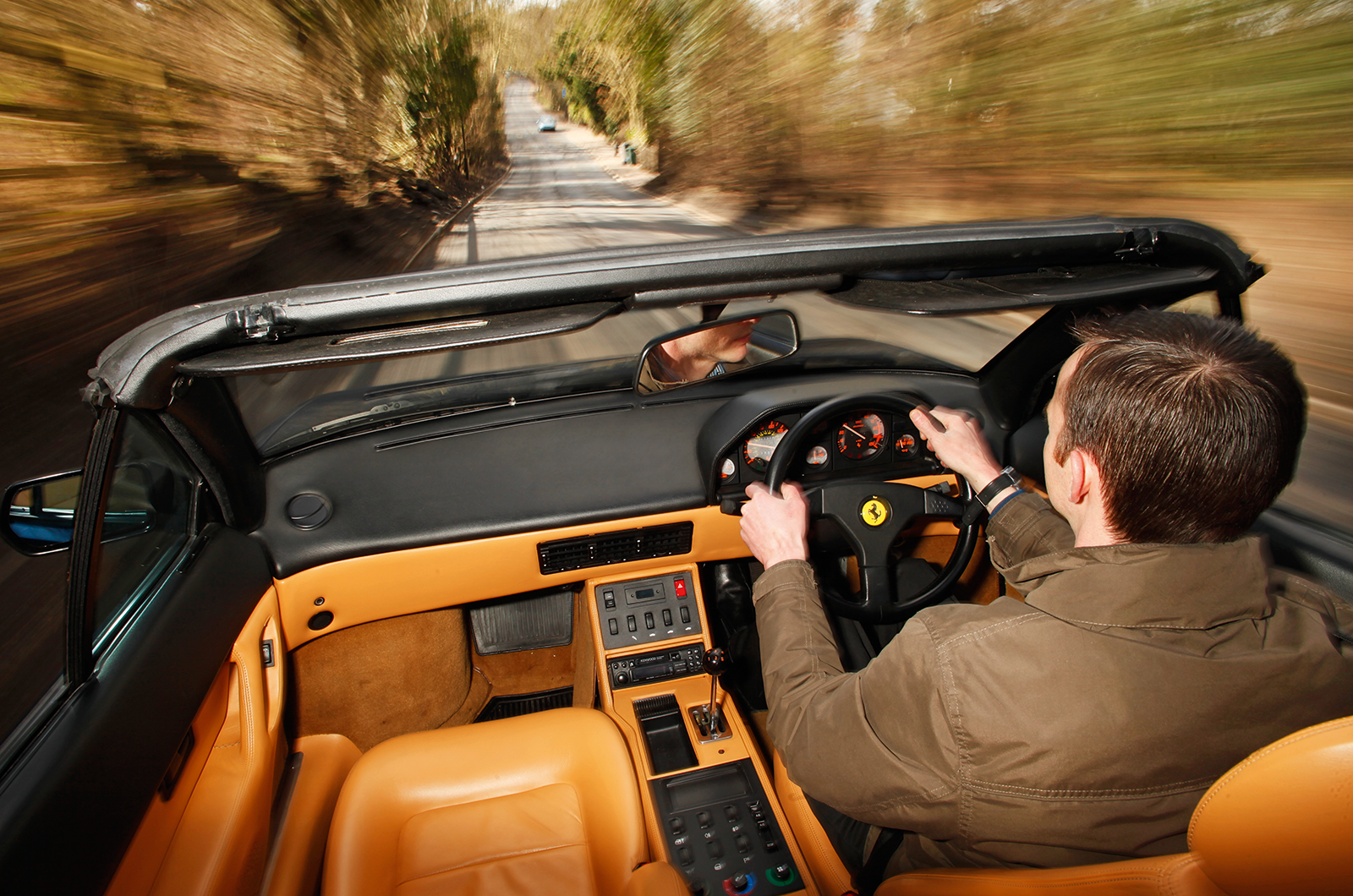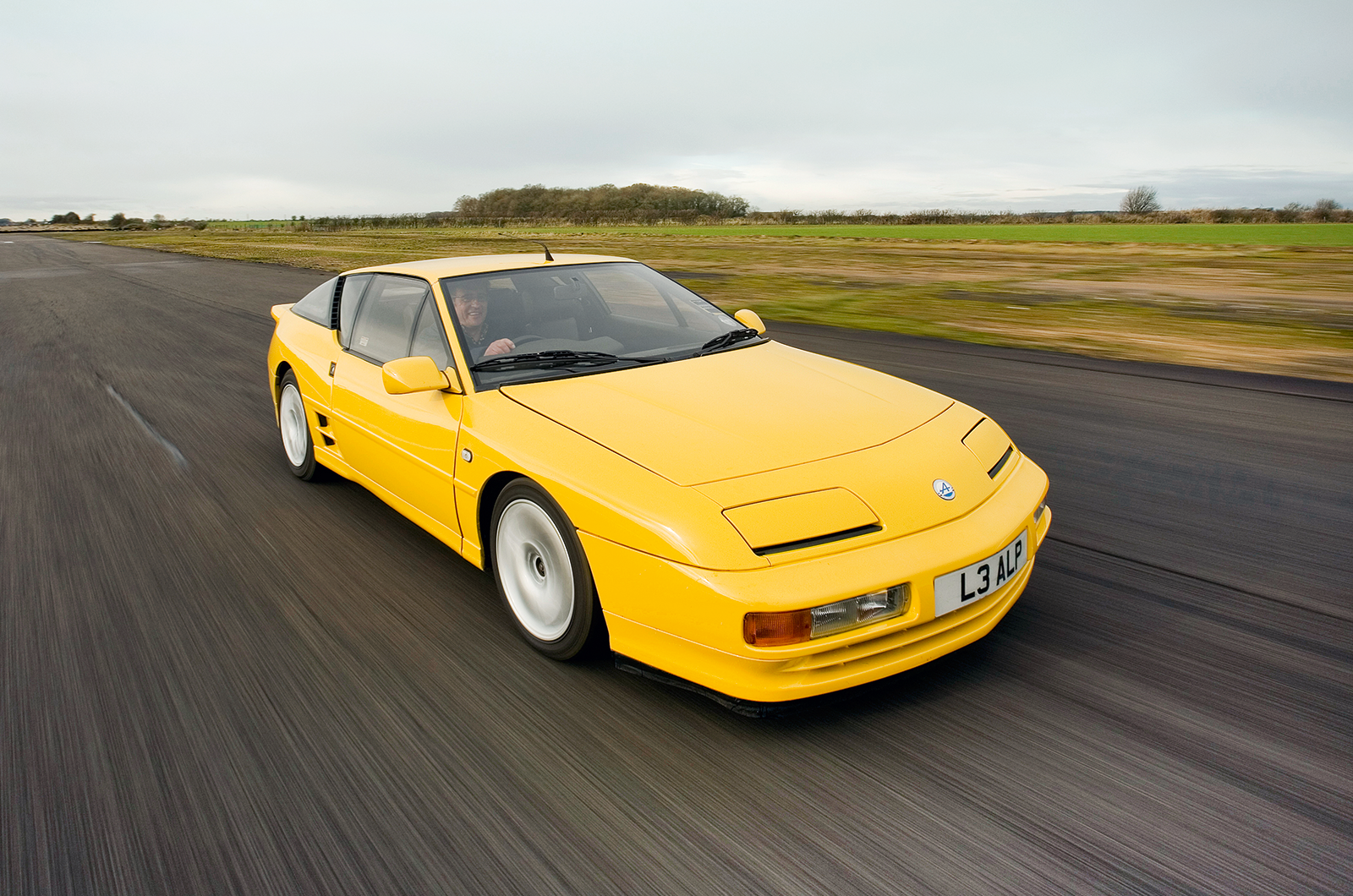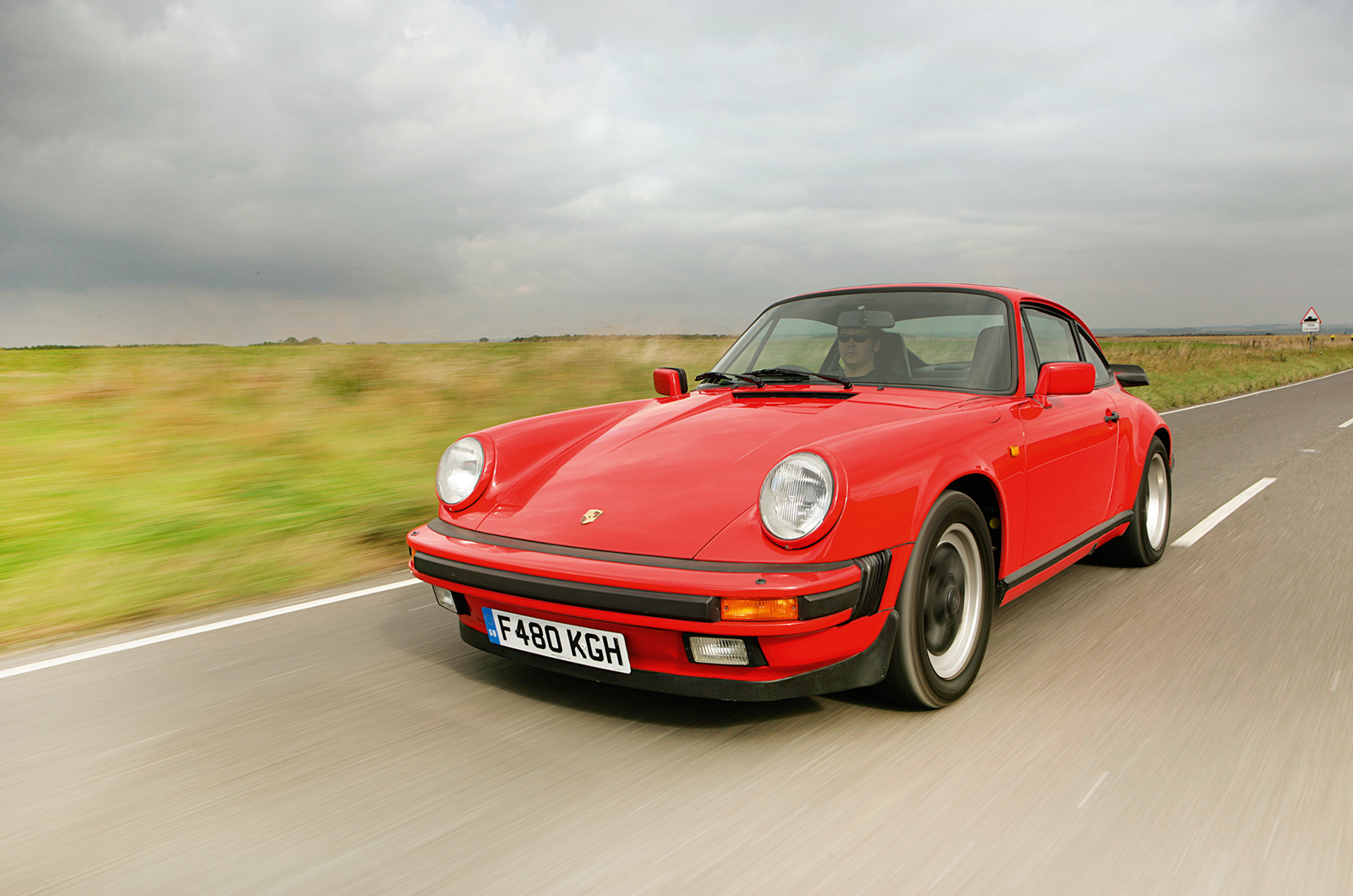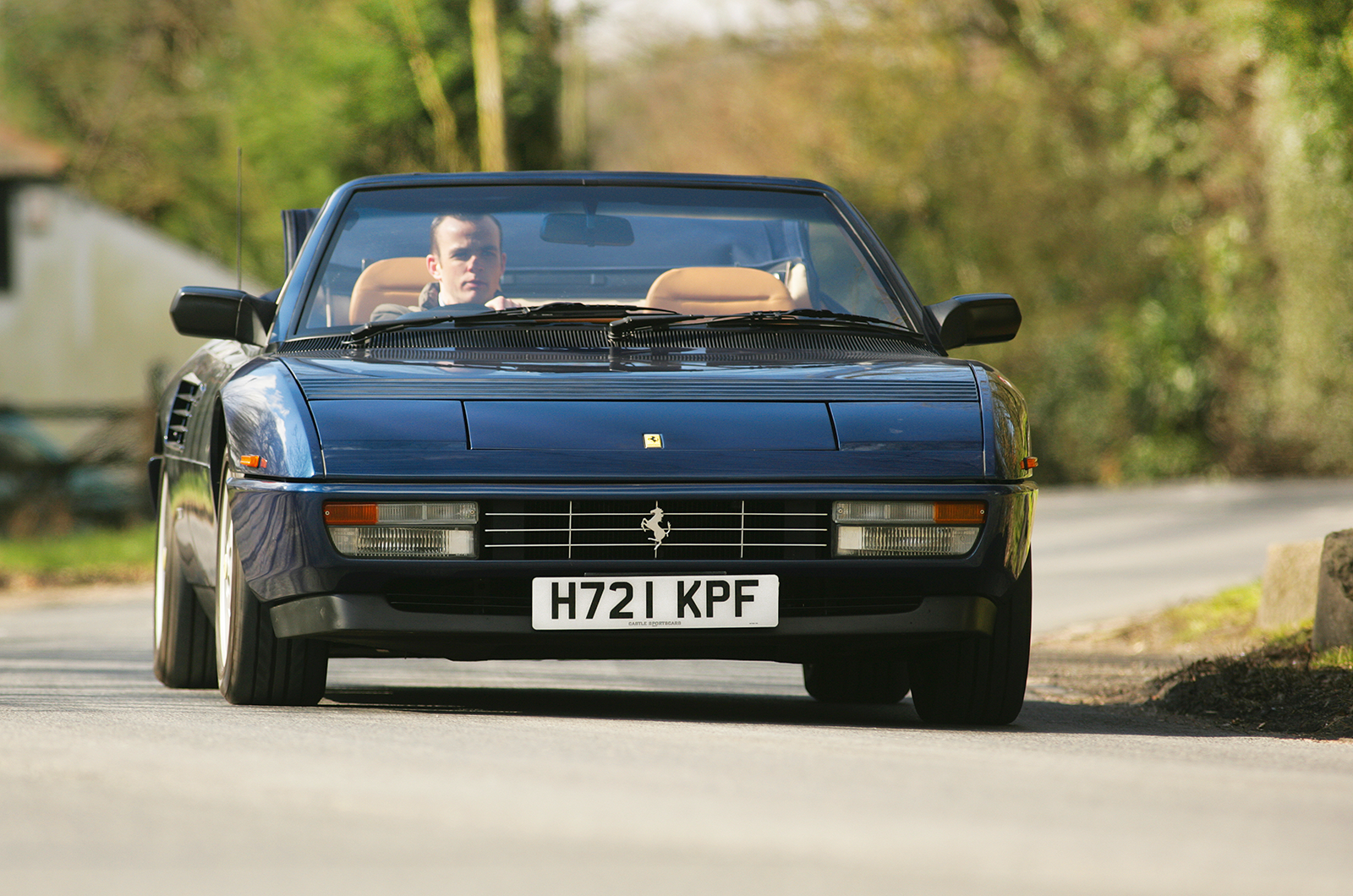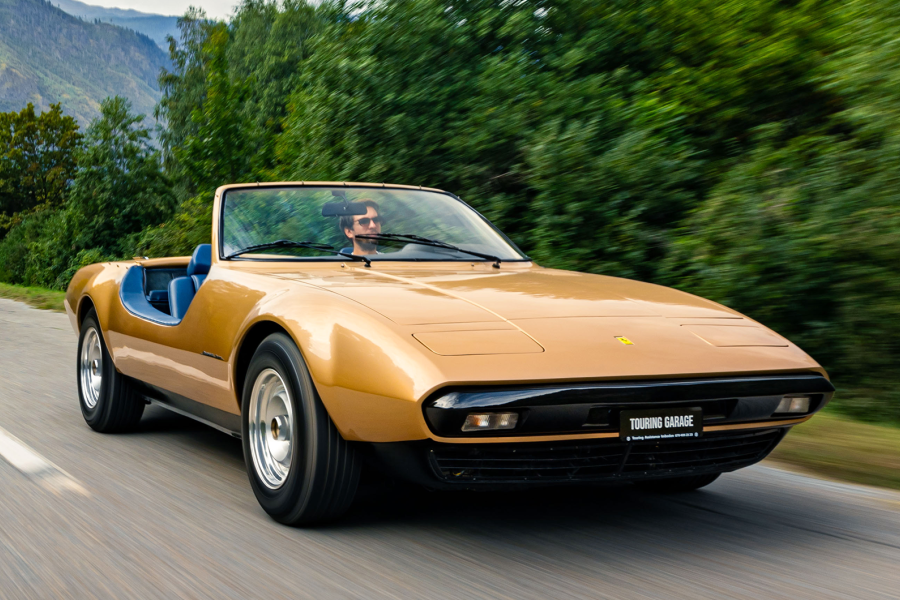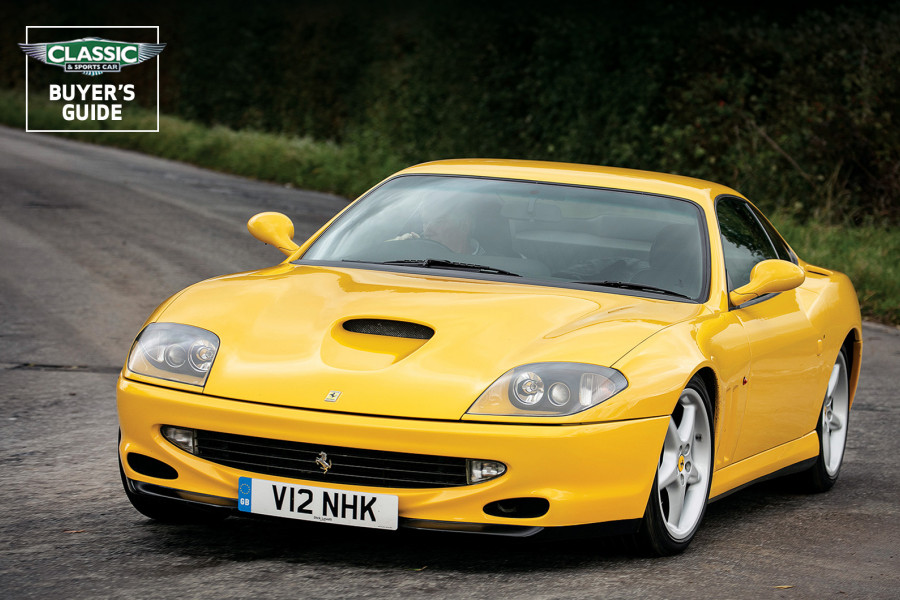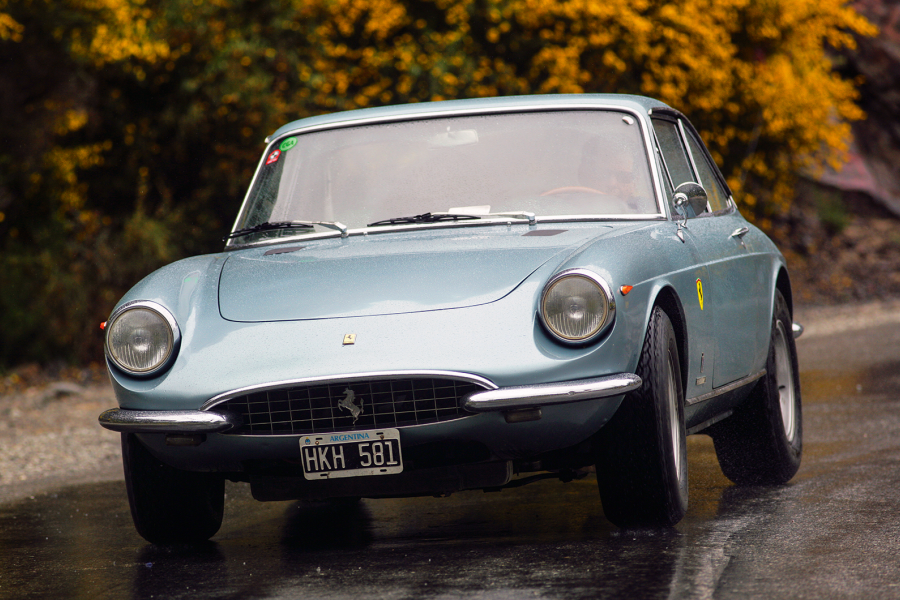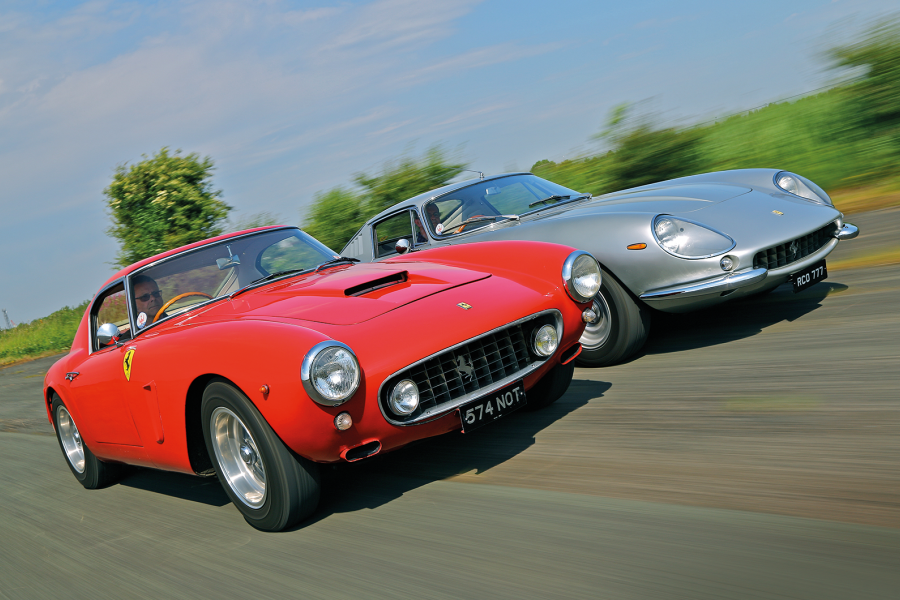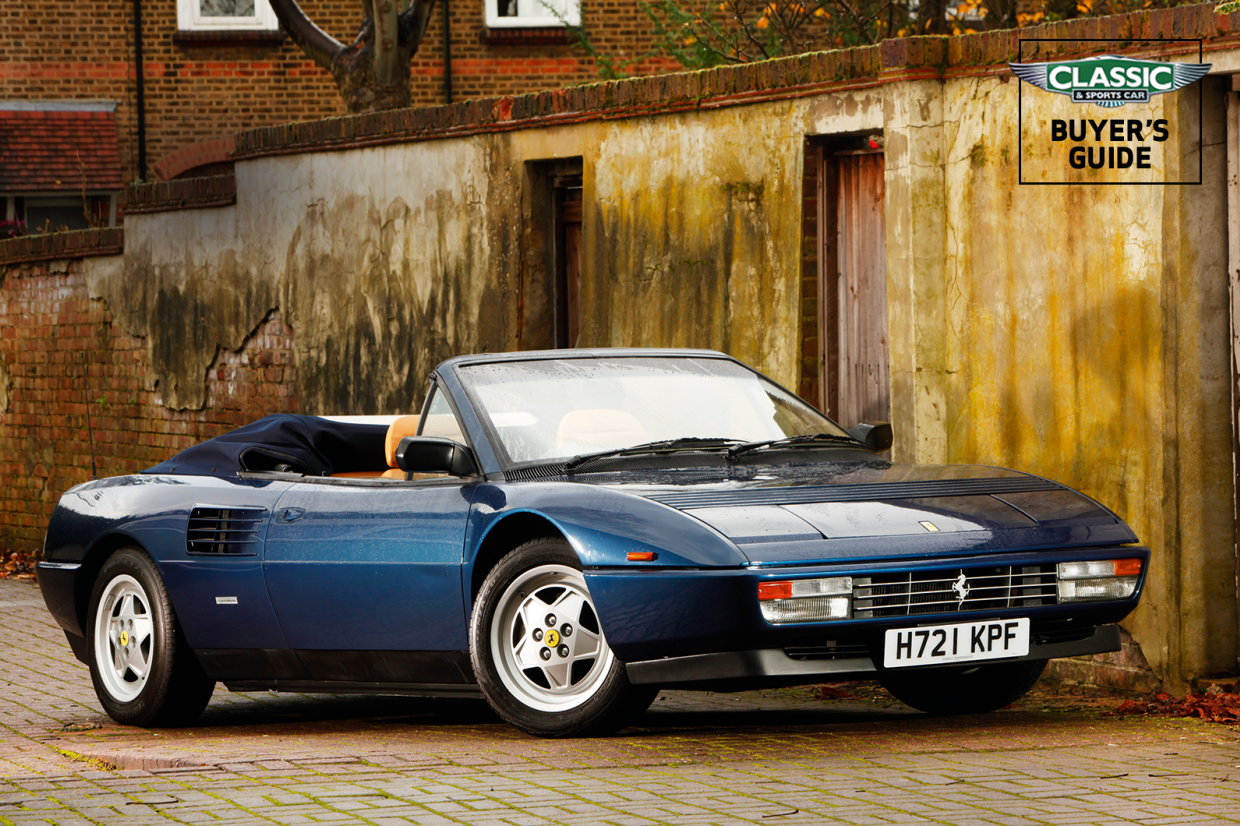
Why you’d want a Ferrari Mondial
Four-seater mid-engined coupés are rare enough, but there has only ever been one production four-seater soft-top middie. So don’t grumble about the rear-seat space in the Mondial, because it’s unique – in convertible form at least.
The original 1980 Pininfarina-styled Mondial 8 appears in lists of the world’s worst cars, due to its poor (for a Ferrari) power-to-weight ratio and complex, unreliable electronics. Some US road tests barely bettered 10 secs for 0-60mph, and the best recorded 8.2 secs. European-spec cars were a bit livelier.
It did improve, though, and quickly: the quattrovalvole of ’82 shot to 60mph in 6.4 secs. Plus, the 8 had many strengths – not least its ability as a mile-eating motorway cruiser.
At the launch, Ferrari stated that the Mondial was intended to combine the features of a sports car with a comfortable GT. Built alongside the 308-348 ranges, it was always going to be overshadowed in performance terms. But that wasn’t the point. The Mondial was a practical and usable Ferrari, which was made progressively lighter with each iteration, weight only creeping back up on the t model.
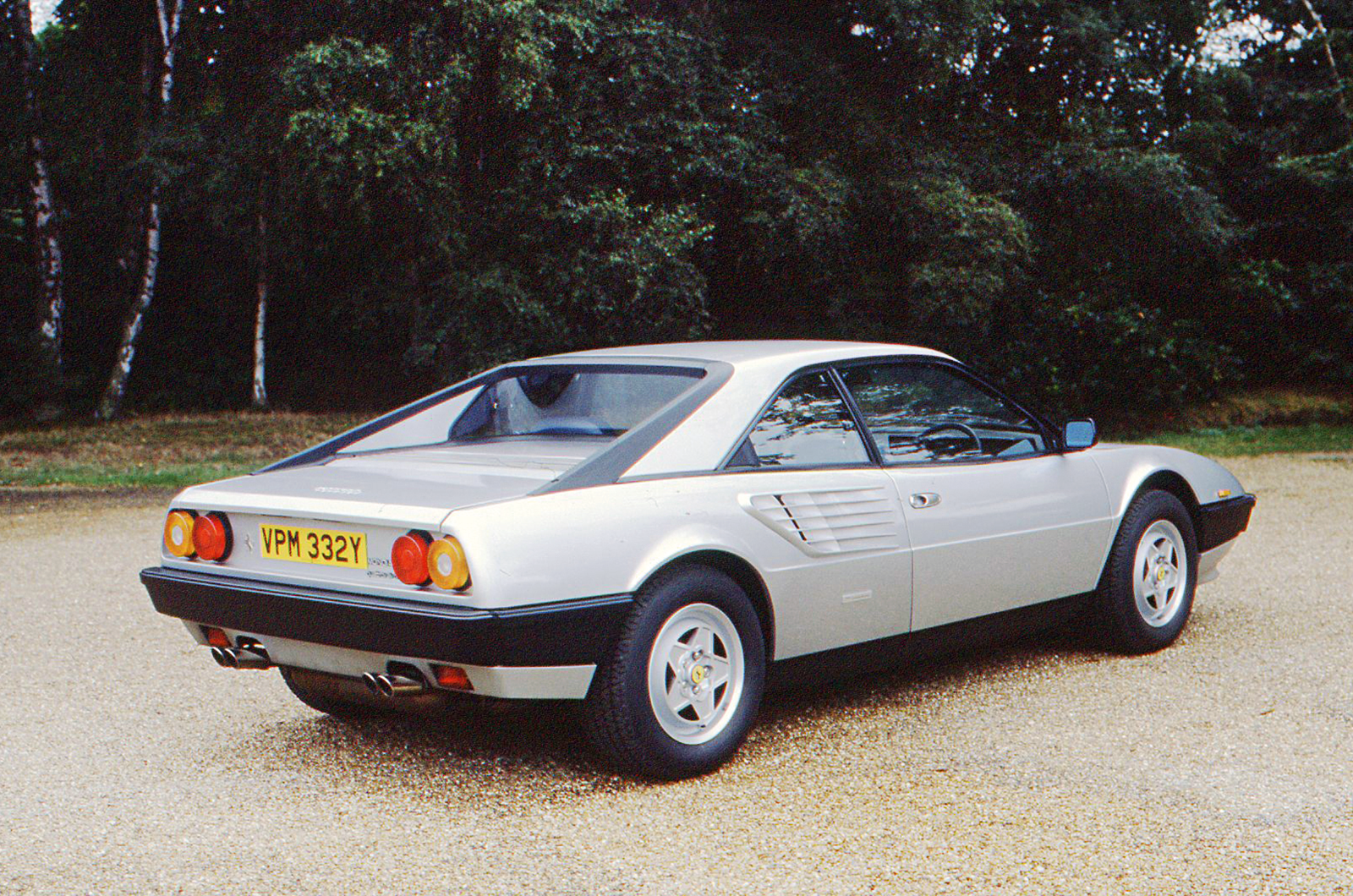
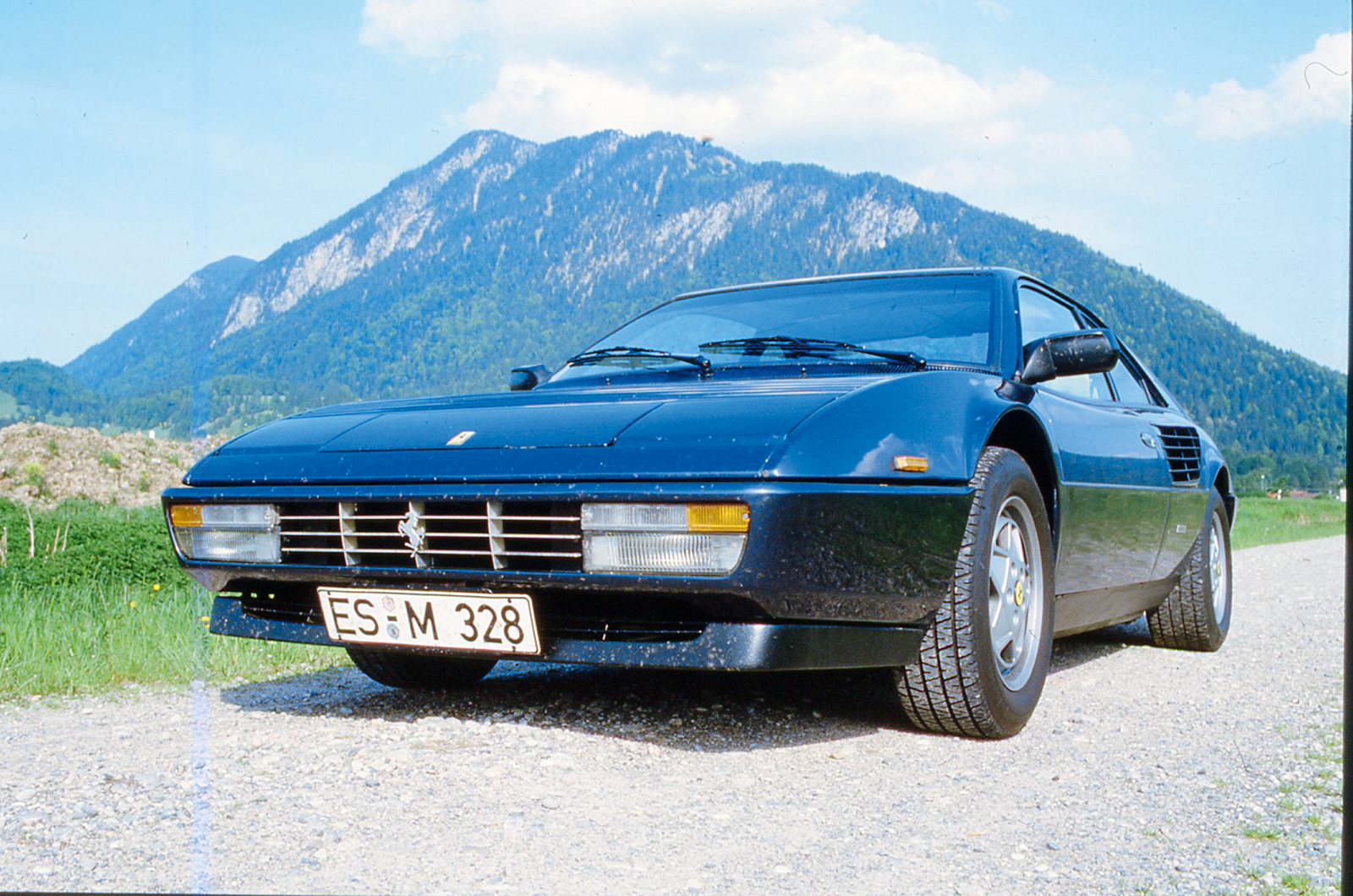
(l-r) Mondial 8 and quattrovalvole (shown) had black bumpers; integrated lamps on later, colour-coded nose (as this 3.2)

